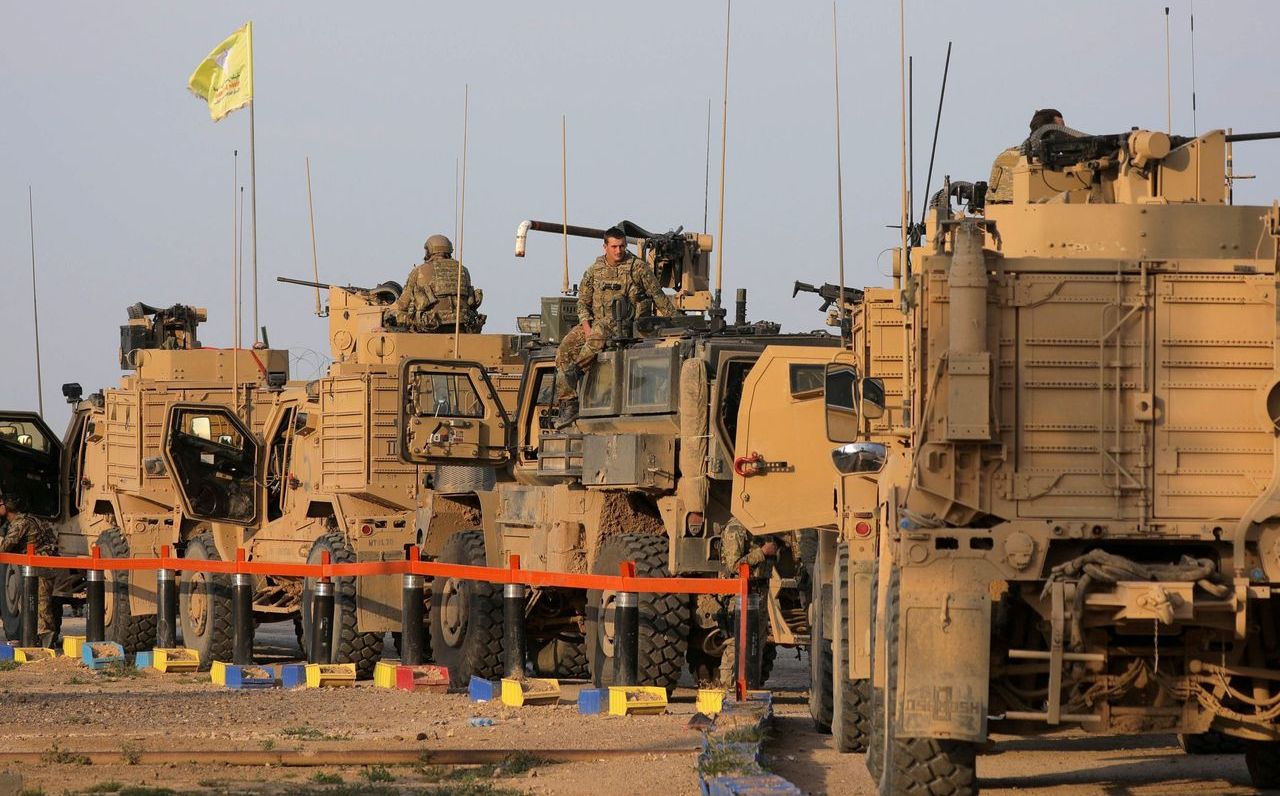Domestic violence doubles in Lebanon
BEIRUT: The economic and financial crisis in Lebanon is responsible for the country’s worsening domestic violence, according to women’s rights groups.
Four women have been murdered over the past month by male relatives as Lebanon is in the depths of a dire economic situation, exacerbated by coronavirus lockdowns and a massive explosion that tore through Beirut last August.
“The reason behind this rise in violence is the economic and financial situation,” Hayat Mirshad, the co-founder and co-director at FE-MALE, told Arab News.
“But the violence against women during the lockdown is the most dangerous and most common form of violence. Women are victims of their male relatives: fathers, husbands, or brothers. The lockdown prevents them from leaving their houses or even seeing other people, knowing that violence in Lebanon is the result of a patriarchal culture and mentality that blames women and justifies their aggressors’ crimes.”
In new figures shared with the Thomson Reuters Foundation on Wednesday, the Internal Security Forces (ISF) said domestic violence reports in Lebanese homes doubled last year, with 1,468 cases received in the past 12 months, up from 747 during the previous year.
An ISF official, who declined to be named because they were not authorized to speak to the media, said the number of women killed by domestic violence in Lebanon also increased but the exact figure has not yet been finalized.
The official figures reflect a similar trend noted by Resource Center for Gender Equality (ABAAD), a women’s rights organization, which saw calls to its helpline triple to 4,127 in 2020, up from 1,375 in 2019.
“We have never witnessed this much violence against women,” Lawyer Jaafar Mohammed Hashimi told Arab News.
Hashimi is representing a recent victim of domestic violence, Lara Chahine, whose husband was arrested after he allegedly beat her with sharp objects after she returned home from work on Tuesday. Chahine is being treated in the hospital for injuries to her lungs, liver and face.
“The case is classified as an attempted murder, not just an assault,” Hashimi said. “The motive behind his crime is that Chahine has been seeking alimony for her and her five-year-old child. Her husband had refused to divorce her and filed an obedience and cohabitation lawsuit against her.”
Lebanon outlawed sexual harassment and reformed its domestic violence law in December but it does not criminalize marital rape and personal laws administered by religious courts to discriminate against women in matters like divorce and child custody.
The UN has described a global increase in domestic abuse during coronavirus lockdowns as a “shadow pandemic,” with a spiraling economic crisis worsening the violence.
“These kinds of crimes have significantly increased, especially under lockdown,” said Ashraf Al-Moussawi, a lawyer representing Zeina Kanjo, who was strangled to death by her husband before he fled to Turkey.
Al-Moussawi stressed that the motives behind the increasing crimes are economic, social and cultural but he also said: “The pattern of crimes has changed and has become more violent.”
In another case last month in Akkar, the ISF arrested a teenager after he confessed to stabbing his 52-year-old aunt to death after she had rejected his sexual advances. The teen later admitted to sexually assaulting her after she died. He also stole a gold ring from the victim, which was later recovered at his house by the ISF.
“Some resort to a certain party or militia to protect them from legal prosecution,” Mirshad said. “And despite all the awareness-raising sessions they receive, police officers still tell the abused women to solve their disputes with their husbands and not to come to them.”
The current infrastructure in Lebanon is fractured, Al-Moussawi said, as solutions to domestic violence need to start high up in the government.
“The disturbing unreadiness of security and judicial bodies and lack of trust in the Lebanese state are all factors that encourage murderers to commit their crimes,” he said. “When prosecutions last for years and the sentences are reduced, aggressors dare to beat their wives and their children as well.”

Lebanon protesters call on government to resign amid crisisLebanese protesters break lockdown: ‘Death by COVID-19 is better than starvation’






